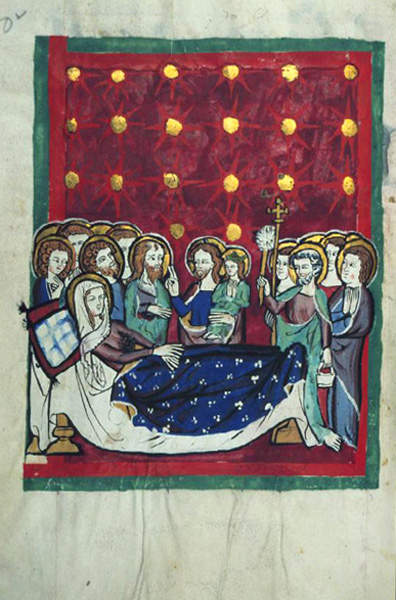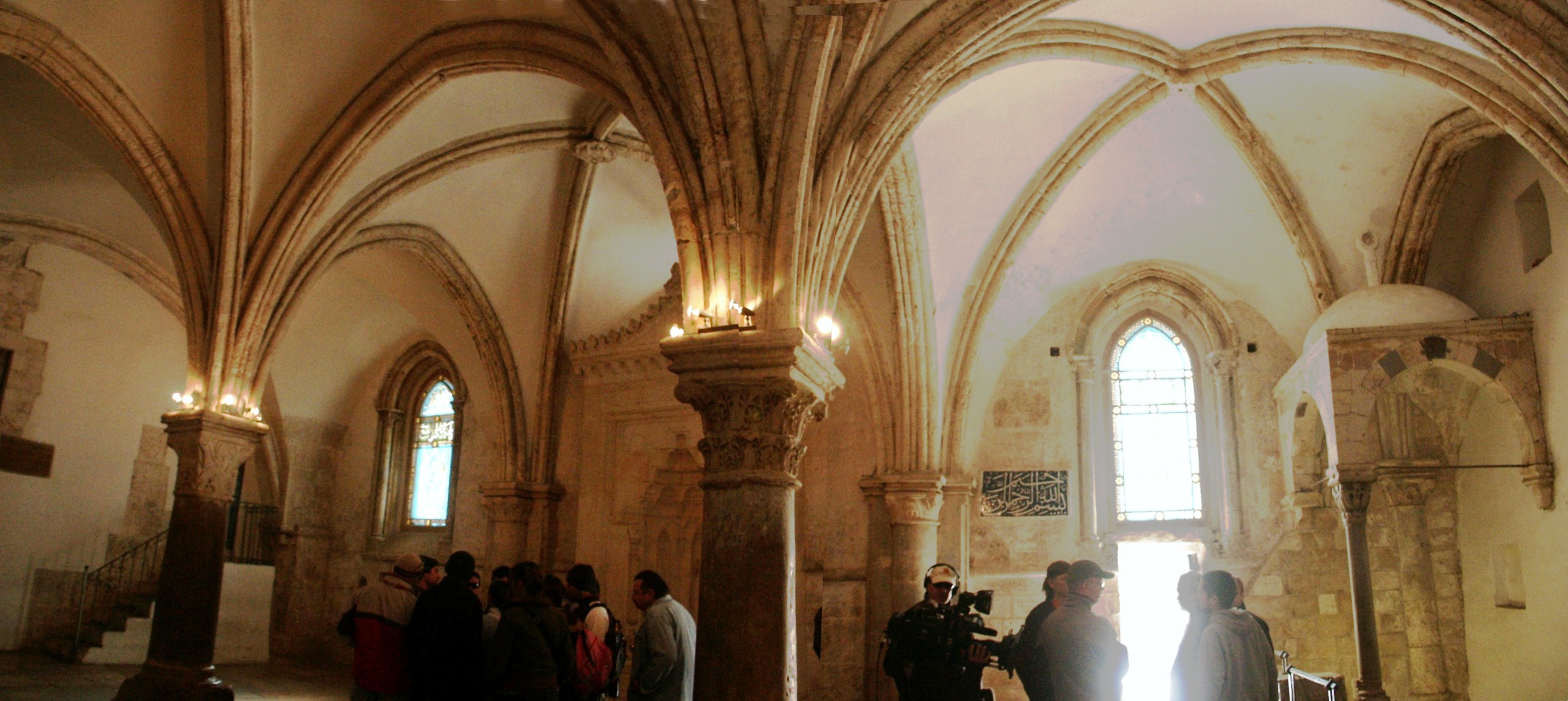The Reichenau Fragments (Carlsruhe, 253) are described (no. 8) in Delisle's "Memoire sur d'anciens Sacramentaires." -- These were discovered by Mone in 1850 in a palimpsest manuscript from the Abbey of Reichenau, in the library of Carlsruhe. The manuscript, which is late seventh century, had belonged to John II, Bishop of Constance (760-81). It contains eleven Masses of purely Gallican type, one of which is in honour of St. Germanus of Auxerre, but the others do not specify any festival. One Mass, except the post Post-Pridie which is in prose, is entirely in hexameter verse. Mone published them with a facsimile in his "Lateinische und Griechische Menssen aus dem zweiten bis sechsten Jahrhundert" (Frankfort 1850). They were reprinted in Migne's "Patrologia Latina" (Vol. CXXXVIII), and by Neale and Forbes in "The Ancient Liturgy of the Gallican Church" (Burntisland, 1855–67).
MISSA II(collectio.) Deum fidelium saluatorem, conseruatoremque credentium. deum aeterne. inmortalitatis auctorem. fratres dilectissimi. unianimiter dominum depraecemur. ut nobis pietatis suae dono spiritali misericordiam indeficienter inperciat p. d.
(collectio ante nomina.) Deus qui pro magnitudinem tuam per uniuersa deffunderis et ubi tamen totus adsistis. discriteus omnium uoluntatis qualitatebus locis temporibus adque personis. uotorum omnium capax. propiciatus exaudi. dum ad cunctus adspices foues omnebus misereris. p. d.
(post nomina.) Recitata nomina dominus benedieat et accepta sit domino uti huius oblatio. nostrisque praecebus intercessio suffragetur. spiritibus quoque karorum nostrorum laetis sedibus conquiiscant. et primi resurrectionis gaudia consequantur. p. d. nm.
(ad pacem.) Exaudi nos deus salutares noster. et in consortio nos diuinorum sacrificiorum dignanter admitte. hac pacem tuam benignus largire. p. d.
(contestatio.) Dignum et iustum est equum et iustum est ut te sancte pater omnipotens aeterne deus. omnibus locis. omnibusque temporibus. per omnia momenta ueneremur. tibi supplices simus. tibi deferamus praecis, te totis stodiis et effectibus adoremus. deus qui ultra omnibus uirtutis. ultra omnis es potestatis. deux uniuersorum arbiter. judex secretorum. quem caeli et terra. quem angeli et archangeli. quem throni et dominationis. quem cherubin. et serafin. incessabili uoce proclamant dicentes. SS. SCS. SS.
(contestatio.) Dignum et iustum est. nos tibi gratias agere domine deus per Xpm Jhm filium tuum. qui cum deus esset aeternus. homo fieri pro nostra salute dignatus est. unice singulare. et multiplex saluatoris nostri mysterium. nam unus idemque et deus summus et homo perfectus, et pontifex maximus. et sacrificii sacratissimum. secundum diuinam potentiam creauit omnia. secundum humanam conditionem liberabit hominem. secundum uim sacrificii expiauit conmaculatus. secundum jus sacerdocii reconciliauit offensus. O unice redemptionis. mysterium singulare. in quo uetusta ilia uulnera. noua domino medicina sanauit. et primi hominis praeiudicia. salutares nostri praeuiligia resciderunt. ille concupiscientiae exagitatus stimolis. hic oboedientiae, confixus est clauis. ille ad arborem manus incontinenter extendit. iste ad crucem pacienter abtauit. ille uoluptate inlecitus gustus explebit. iste cruciatu indebite dolores afflictus est. ideo merito poena innocentiae facta est absolutio debetores jure. etenim obnoxii demittuntur debita quae pro eis ille qui nihil
habebat absoluit. quod singulare mystirium. non solum homines in terris. uerum etiam. angeli uenerantur in caelis. cui me[rito].
(post sanctus.) Uere sanctus. uere benedictus dominus noster Jhs Xps filius tuus. Qui pridie.
(post mysterium.) Domini ac dei nostri sempeterni gloriam depraecemur. orantis uti hoc sacrificium tua benedictione. benedicas et sancti spiritus tui rore perfundas. ut accipientibus uniuersis. legitima sit eucharestia per Jhm Xpm filium tuum deum ac dominum conseruatoremque nostrum, cui est aput te domine cum spiritum sanctum regnum sempiternum perpettia diuinitas in secula seculorum amen.









